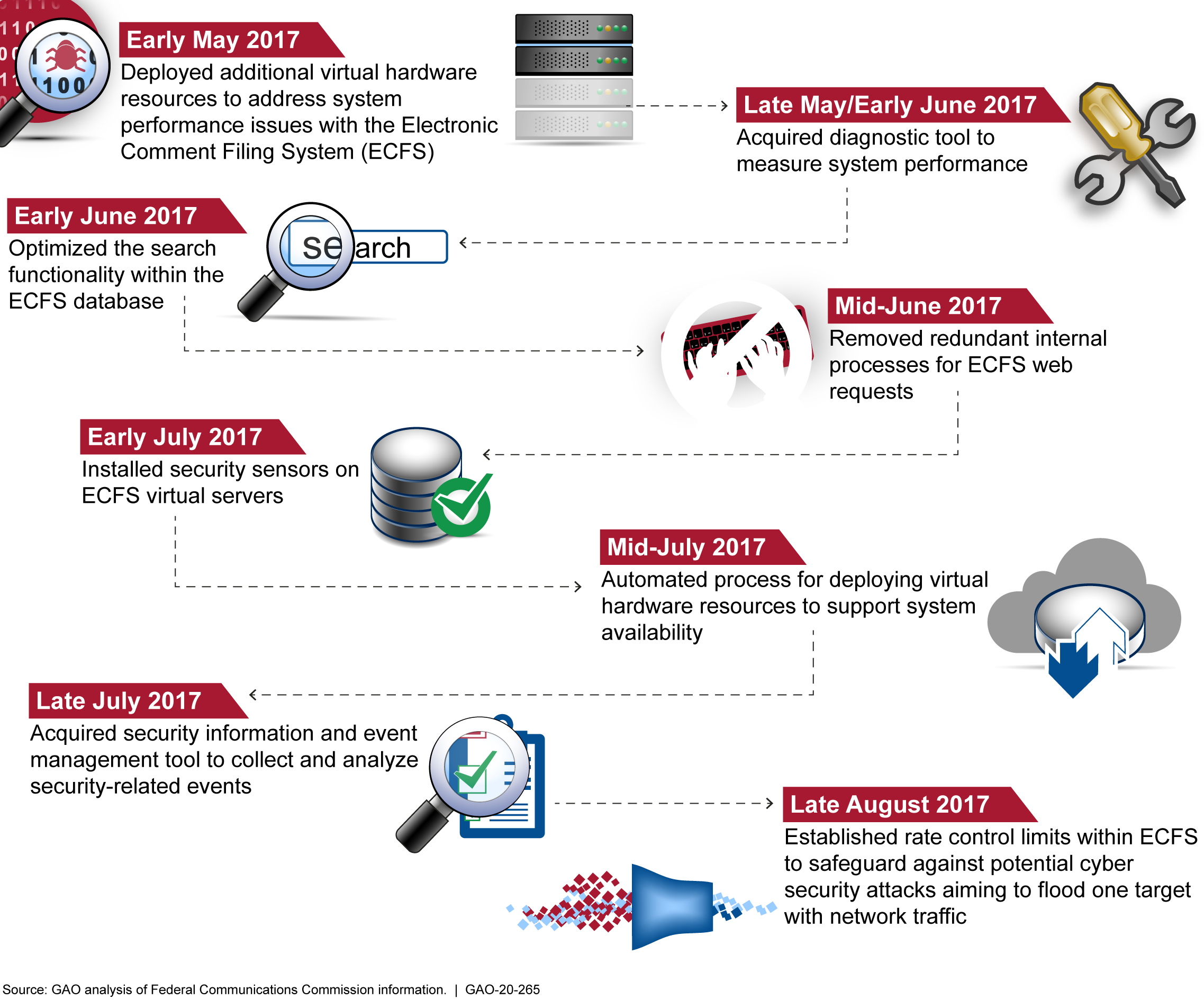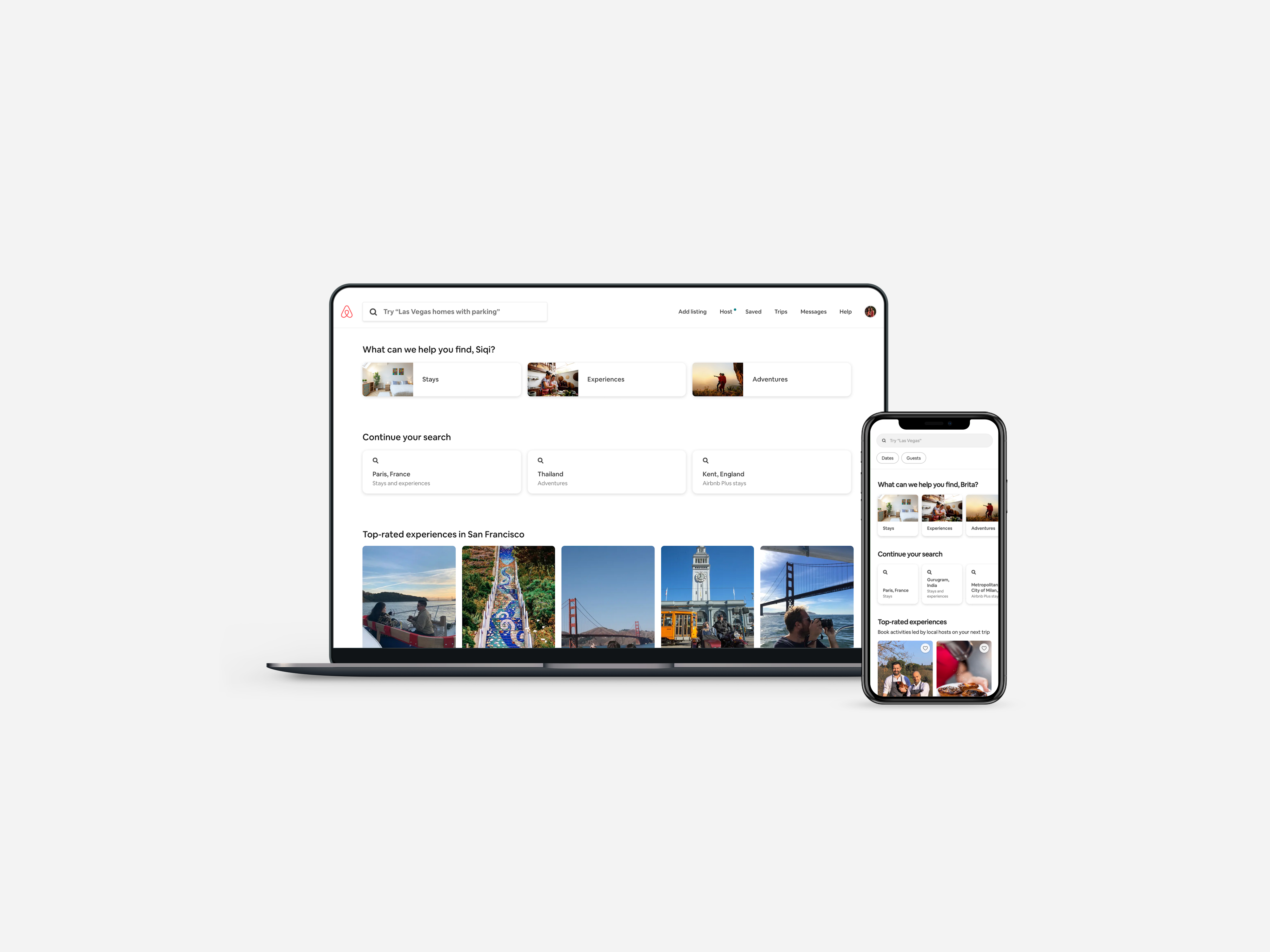В следующем месяце Apple и Google обнародуют функции, позволяющие отслеживать контакты на iOS и Android, чтобы идентифицировать людей, которые имели контакт с кем-то, кто положительный результат на новый коронавирус.
Эксперты по безопасности быстро указывают на возможные опасности, включая риски конфиденциальности, такие как выявление личностей пользователей COVID-19, помощь рекламодателям в отслеживании их или жертвой ложных срабатываний от троллей.
Это свежие проблемы в знакомых дебатов об этике технологий. Как технологи должны думать о компромиссе между насущной необходимостью наблюдения за общественным здравоохранением и личной жизни? А неформация и свобода слова? Facebook и другие платформы играют гораздо более активную роль, чем когда-либо в оценке качества информации: продвижение официальных источников информации видное место и удаление некоторых сообщений от пользователей, бросающих вызов социальной дистанции.
По мере распространения пандемии и, наряду с ней, гонки за разработку новых технологий ускоряется, это более важно, чем когда-либо, что технология находит способ в полной мере изучить эти вопросы. Технологи сегодня плохо подготовлены для этой задачи: поражая здоровые балансы между конкурирующими проблемами – как конфиденциальность и безопасность – при объяснении их подход к общественности.
За последние несколько лет, ученые работали, чтобы дать студентам способы решения этических дилемм технологии поднимает. В прошлом году Стэнфорд объявил о новом (а теперь популярном) курсе бакалавриата на "Этика, государственная политика и технологические изменения", преподаваемый факультетом философии, а также политической и компьютерной науки. Гарвард, MIT, UT Остин и другие преподают аналогичные курсы.
Если только студенты будущих технологов, однако, решения будут отставать. Если мы хотим более этически знающих технологий промышленности сегодня, мы должны этического исследования для технологий практиков, а не только студентов университетов.
Чтобы расширить это обучение на практикующих технологий, наш венчурный фонд, Bloomberg Beta, согласился провести тот же Стэнфордский факультет для эксперимента. Основываясь на их бакалавриате, можем ли мы разработать образовательный опыт для пожилых людей, которые работают в технологическом секторе? Мы адаптировали содержание (включающее реальные дилеммы), структуру и расположение класса, создав шестинедельный вечерний курс в Сан-Франциско. Через неделю после объявления курса, мы получили в два раза больше заявок, чем мы могли бы разместить.
Мы выбрали разнообразную группу студентов всеми возможными способами, которые могли бы управлять, которые все несут ответственность в области технологий. Они сказали нам, что, когда они сталкиваются с этической дилеммой на работе, им не хватало сообщества, к которому обратиться – некоторые доверились друзьям или семье, другие показали, что они искали ответы в Интернете. Многие боялись свободно говорить в своих компаниях. Несмотря на ряд инициатив по этике под руководством компании, в ключая стоящие для назначения главных сотрудников по этике и принципы Microsoft и IBM в отношении этического ИИ, студенты нашего класса сказали нам, что у них нет места для открытых и честных разговоров о поведении технологий.
Если мы хотим более этически знающих технологий промышленности сегодня, мы должны этического исследования для технологий практиков, а не только студентов университетов.
Как и студенты, наши студенты хотели учиться как у ученых, так и у лидеров отрасли. Каждую неделю были представлены такие эксперты, как Мариете Шааке, бывший член Европейского парламента от Нидерландов, который обсуждал реальные вопросы, от конфиденциальности данных до политической рекламы. Профессора способствовали обсуждению, поощряя наших студентов обсуждать несколько, часто противоположных взглядов, с нашими гостями-экспертами.
Более половины класса пришли из STEM фона и пропустил много явного образования в этических рамках. Наш класс обсуждал принципы из других областей, таких как медицинская этика, в ключая руководящая максима врача («во-первых, не навреди») в контексте разработки новых алгоритмов. Тексты из мира научной фантастики, как "Те, кто уходят от Омеласа" Урсула К. Ле Гуин, также предложил способы борьбы с проблемами, в результате чего студенты оценить, как собирать и использовать данные ответственно.
Ответы на вопросы, основанные на ценностях, которые мы исследовали (например, компромиссы между дезинформацией и свободой слова), не сходятся на четких «правильных» или «неправильных» ответах. Вместо этого участники сказали нам, что дискуссии имеют решающее значение для развития навыков для более эффективной проверки своих собственных предубеждений и принятия обоснованных решений. Один студент сказал:
Пройдя через ряд вопросов, мысленных экспериментов или тем обсуждения с профессорами, и глубоко размышляя о каждом из вопросов субтендинга, я часто в конечном итоге с противоположными позициями к тому, что я первоначально верил.
Когда укрытие на месте означало, что класс больше не может встречаться, участники протянули руку в течение недели, чтобы запросить виртуальные сессии – жажда форума, чтобы обсудить события в режиме реального времени со своими сверстниками в структурированной среде. После нашей первой виртуальной сессии изучения, как правительство, технологии и отдельные лица ответили на COVID-19, один из участников заметил: "Там чувствует, как гораздо больше хорошего разговора прийти на вопросы, что мы можем сделать, что мы должны делать, что мы должны делать?"
Технологические специалисты, похоже, хотят, чтобы способы взаимодействия с этическим обучением – задача сейчас заключается в том, чтобы предоставить больше возможностей. Мы планируем провести еще один курс в этом году и ищем способы предоставления онлайн-версии, публикуя материалы.
COVID-19 не будет последним кризисом, когда мы полагаемся на технологии для решения, и нуждаются в них немедленно. Если мы хотим более информированных дискуссий о поведении технологий, и мы хотим, чтобы люди, которые делают выбор, чтобы войти в эти кризисы готовы думать этически, мы должны начать обучение людей, которые работают в области технологий думать этически.
Чтобы позволить студентам исследовать противоположные, неудобные точки зрения и поделиться своим личным опытом, обсуждения в классе были конфиденциальными. Я получил явное разрешение поделиться любыми идеями от студентов здесь.



